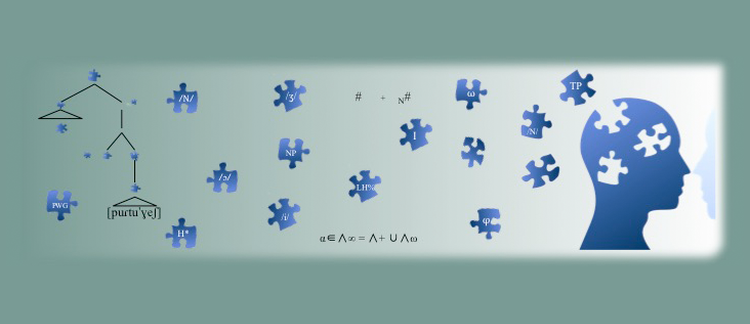Abstract
Let me start by quoting the provocative last sentence of the last paper in this volume, which questions “(…) the very validity of the field of Linguistics called Creole and the validity of a categorisation of a group of the languages of the world under a rubric creole.” (Ferreira and Alleyne, p. 352). This question is recurrent in the field of creole linguistics and ultimately mirrors the conscience that it is hard to come up with a linguistically and/or socio--historically uniform hypothesis regarding the formation of creole languages. Even an advocate of the universal approach to creolization like Bickerton (1981: 2) carefully claims that “(…) my aim here is not to account for the origins of all languages known as creoles (which would be an absurd aim anyway since they do not constitute a proper set) (…)”.
How to Cite
Hagemeijer, T., (2008) “Review of Synchronic and diachronic perspectives on contact languages. Edited by Magnus Huber & Viveka Velupellai (2007). Creole Language Library, Vol. 32. Amsterdam/Philadelphia: John Benjamins Publishing Company.”, Journal of Portuguese Linguistics 7(1), 69-73. doi: https://doi.org/10.5334/jpl.136
491
Views
93
Downloads
